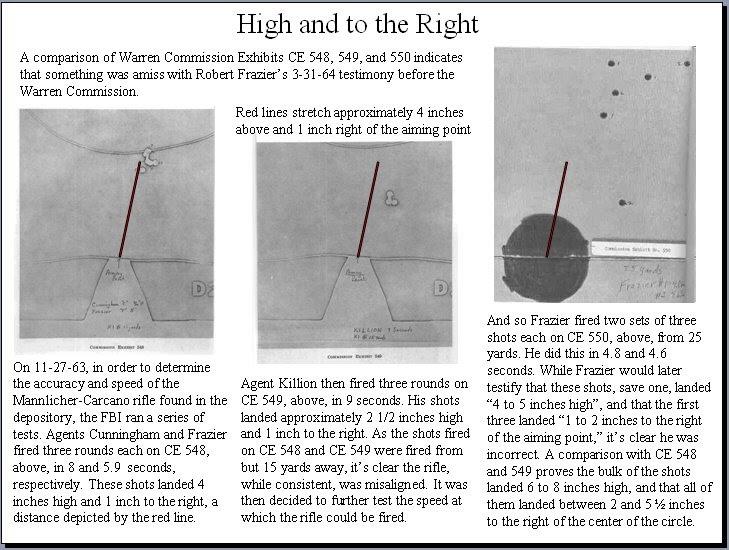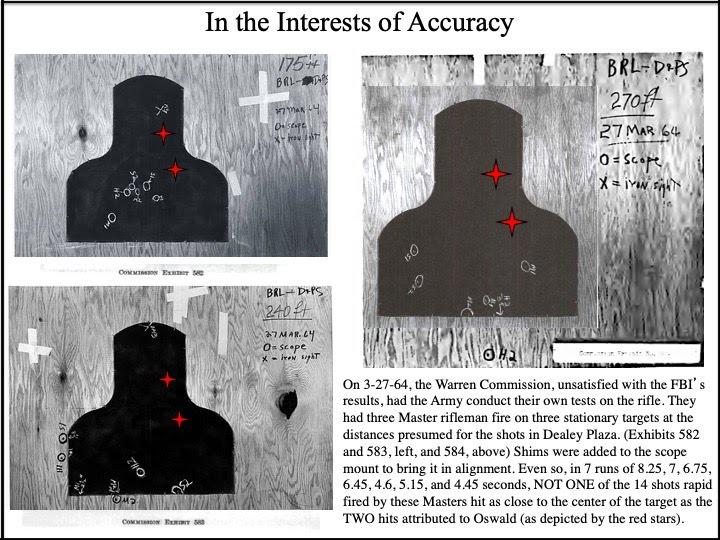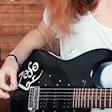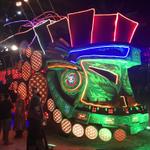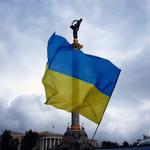@Groucho @noway @EdgarH @Nemon @Cpt.Germanica 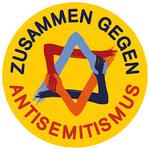 Groucho schrieb:Es gab auch Tests mit einem beweglichen Ziel, wo die Tester getroffen haben.
Groucho schrieb:Es gab auch Tests mit einem beweglichen Ziel, wo die Tester getroffen haben.
Aus einem älteren Beitrag:
Es wurde schon mehrfach versucht, Oswalds Schusssequenz nachzustellen. Die von Vertretern der offiziellen Version am häufigsten kolportierten Schussexperimente, die beweisen sollen, dass Oswald diese Leistung erbringen konnte, wurden im Rahmen der CBS-Sendung von 1967 vollzogen
But let the test results speak for themselves…
1. Col. Jim Crossman, ret. (expert rifleman). First attempt--3 near misses in 6.54 seconds. Best attempt (of 6) ---2 hits and 1 near miss in 6.20 seconds. 2 hits or more in 3 of 6 attempts. (6.34, 6.44, and 6.2 seconds)
2. Douglas Bazemore (ex-paratrooper). First attempt—unable to operate bolt effectively to fire the shots. Best attempt (of 4)—unable to operate stiff bolt action; gives up. 2 hits or more in 0 of 4 attempts.
3. John Bollendorf (ballistics technician). First attempt—2 hits and 1 near miss in 6.8 seconds. Best attempt (of 4)—the same. 2 hits or more in 1 of 4 attempts. (6.8 seconds)
4. John Concini (Maryland State Trooper). First attempt—no record of where shots went in 6.3 seconds. Best attempt (of 2)—1 hit and 2 near misses in 5.4 seconds. 2 hits or more in 0 of 2 attempts.
5. Howard Donahue (weapons engineer). First attempt—too fast with bolt—gun jammed. Best attempt (of 3)—3 hits in 5.2 seconds. 2 hits or more in 1 of 3 attempts. (5.2 seconds)
6. Somersett Fitchett (sportsman). First attempt—gun jammed at 3rd shot. Best attempt (of 3)—2 hits and 1 near miss in 5.5 seconds. 2 hits or more in 2 of 3 attempts. (5.9 and 5.5 seconds)
7. William Fitchett (sporting goods dealer). First attempt—3 borderline hits in 6.5 seconds. Best attempt (of 3)—the same. 2 hits or more in 1 of 3 attempts. (6.5 seconds)
8. Ron George (Maryland State Trooper). First attempt—gun jammed at 2nd shot. Best attempt (of 3)—2 hits and 1 near miss in 4.9 seconds. 2 hits or more in 1 of 3 attempts. (4.9 seconds)
9. Charles Hamby (shooting range employee). First attempt—gun jammed. Best attempt (of 3)—2 near misses and 1 complete miss in 6.5 seconds. 2 hits or more in 0 of 3 attempts.
10. Carl Holden (shooting range employee). First attempt—gun jammed with first shot. Best attempt (of 3)—3 near misses in 5.4 seconds. 2 hits or more in 0 of 3 attempts.
11. Sid Price (shooting range employee). First attempt—1 hit, 1 near miss, and 1 complete miss in 5.9 seconds. Best attempt (of 4)—the same. 2 hits or more in 0 of 4 attempts.
12. Al Sherman (Maryland State Trooper). First attempt—2 hits and 1 near miss in 5.0 seconds. Best attempt (of 5)—the same. 2 hits or more in 2 of 5 attempts. (5.0 and 6.0 seconds)
Of the 12 first attempts, only 1 shooter was able to hit the target twice in less than 5.6 seconds. Of the 43 total attempts, moreover, these well-seasoned shooters were able to replicate Oswald’s purported feat—2 hits in less than 5.6 seconds—just 4 times.
In fact, it's even worse. Not counting Crossman, an acknowledged rifle expert, those purportedly of Oswald's skill level landed but 25 hits TOTAL, in their 20 successful attempts at getting off 3 shots. In other words, they hit 25 out of 60 shots--far worse on average than Oswald's purported 2 out of 3.
http://www.patspeer.com/chapter3c%3AthewhitewashAfricanus wies darauf hin, dann immer noch eine gewisse Wahrscheinlichkeit bestünde:
 Africanus schrieb am 08.09.2017:Zweimal Oswalds Ergebnis übertroffen, da in kürzerer Zeit.
Africanus schrieb am 08.09.2017:Zweimal Oswalds Ergebnis übertroffen, da in kürzerer Zeit.
Ergebnis: Sechs von Zwölf Schützen erreichten Oswalds Ergebnis, also 50%.
Von 43 Versuchen gelang es zehnmal Oswalds Ergbebnis zu erreichen, also 23,25%.
Eine Quote von 23,25% ist nun nicht gerade "sehr unwahrscheinlich", sie ist allerdings weit davon entfernt "unwahrscheinlicher als ein Sechser in Lotto" zu sein, wie es @Foxyterry behauptet hat.
Beitrag von Africanus (Seite 1.071)Dabei ignoriert Africanus die Faktoren die zu den 23,25% führten
1) Das Ergebnis von 23,25% wurde mit Silhouetten zu breitem Hals und Kopf erzielt. Das Ergebnis ist nicht 1:1 auf die tatsächlichen Verhältnisse übertragbar. Ersetzte man das Schattenbild durch ein präziseres würde die Trefferquote sinken
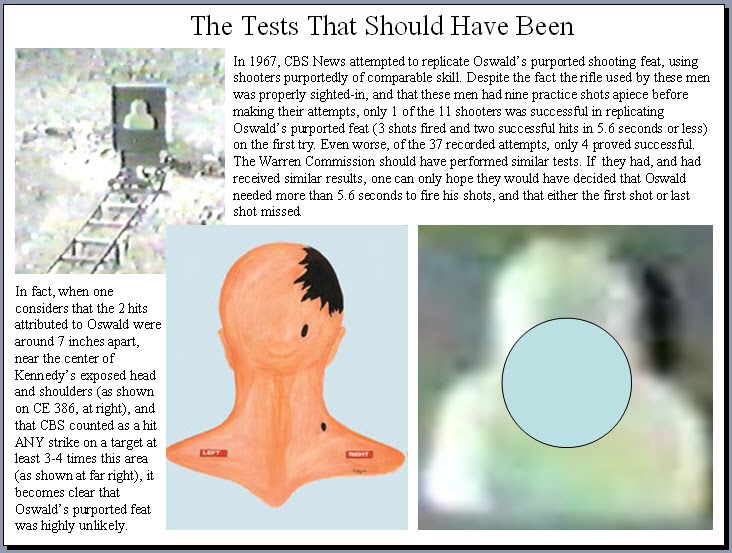
2) Die Schützen konnten vor den eigentlichen Tests schon probeschießen
3) Das Übeziel bewegte sich mit konstanter Geschwindigkeit
For two, the CBS shooters, unlike the man firing Oswald's rifle in Dealey Plaza, who was firing cold, were given NINE practice shots before making their attempts. For three, the target upon which these men fired, unlike the limousine in Dealey Plaza, moved at a constant speed away from the shooter, and at a constant angle.
http://www.patspeer.com/chapter3c%3Athewhitewash4) Die Gewehre der Testschützen waren im Gegensatz zu Oswalds in optimalem Zustand
This, then, suggests that, even IF Oswald was a well-practiced shooter, and even IF his rifle were in optimal condition, and even IF he had been provided NINE practice shots, the odds of his hitting the small area he supposedly hit from the sniper's nest on any given shot were less than 1 in 6, and of his hitting this area 2 of 3 times something like 1 in 16.
http://www.patspeer.com/chapter3c%3Athewhitewash
Problems with the bolt and the trigger mechanism: “There were several comments made — particularly with respect to the amount of effort required to open the bolt. … There was also comment made about the trigger pull … in the first stage the trigger is relatively free, and it suddenly required a greater pull to actually fire the weapon.”: Warren Commission Hearings, vol.3, p.449. “The pressure to open the bolt was so great that that we tended to move the rifle off the target.”: ibid., p.451.
http://22november1963.org.uk/oswald-rifle-and-paraffin-tests#fn05_003
Fazit:
Das Ergebnis von 23,25% ist sogar noch ein geschöntes Ergebnis- wenn man die oben gennannten Faktoren miteinbezieht muss die Wahrscheinlickeit noch wieter nach unten korrigiert werden
Walter Cronkite, der Moderator des CBS-Specials, verfällt angesichts der Ergebnisse einer fast schon magischeirrationale Denkweise- schließlich seien die Umstände außergehnlich gewesen- OSwald schoss auf den PRÄSIDENTEN !!!
Da werden die Gesetze der Physik, Logik und Wahrscheinlickeit natürlich außer Kraft gesetzt
There is no pat answer to the question of how fast Oswald’s rifle could be fired. In the first place, we did not test his own rifle. It seemed reasonable to say that an expert could fire that rifle in five seconds. It seems equally reasonable to say that Oswald under normal circumstances would take longer. But the circumstances were not normal. He was shooting at a president. So our answer is: probably fast enough.
http://22november1963.org.uk/lee-harvey-oswald-marksman-sharpshooter (Archiv-Version vom 22.11.2020)
Nemon schrieb:Zitat von nowaynoway schrieb:


